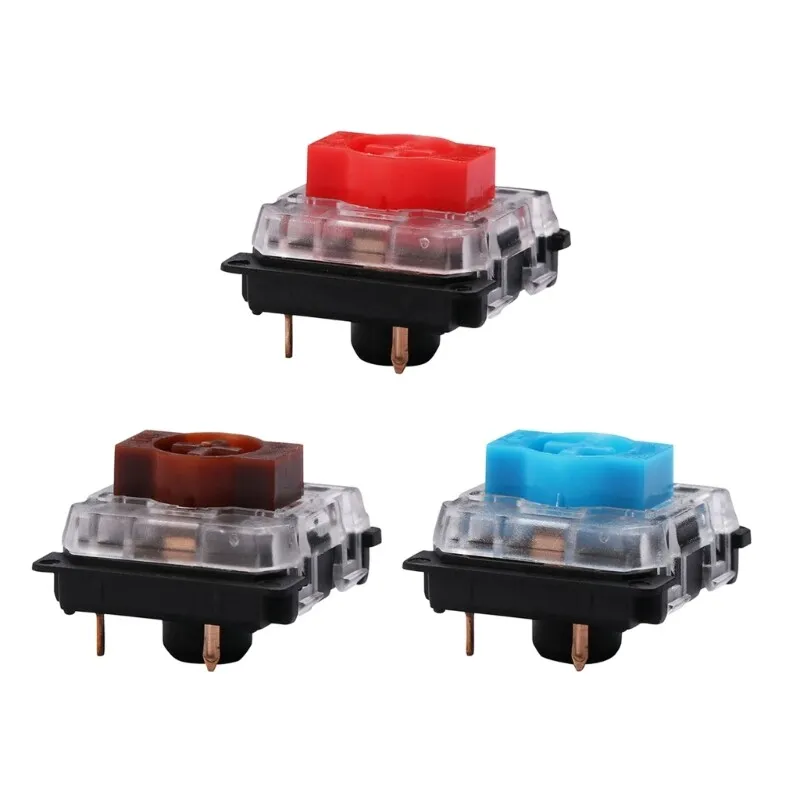Exploring the Different Types of Switching Circuits
2 min read
Switching circuits are an essential component of modern electronics. They are used to control the flow of current in a circuit, allowing for the creation of complex electronic systems. There are several different types of switching circuits, each with its own unique characteristics and applications. In this article, we will explore the different types of switching circuits and their uses.
- Mechanical Switches
Mechanical switches are the oldest and simplest type of switching circuit. They consist of a physical switch that is manually operated to open or close a circuit. Mechanical switches are still used in many applications, such as light switches and push-button switches.
- Solid-State Switches
Solid-state switches are electronic switches that use semiconductor devices, such as transistors, to control the flow of current. They are faster and more reliable than mechanical switches and are commonly used in digital circuits, power supplies, and motor control systems.
- Electromechanical Relays
Electromechanical relays are switches that use an electromagnet to open or close a circuit. They are commonly used in industrial control systems and power distribution systems. Electromechanical relays are slower than solid-state switches but can handle higher currents and voltages.
- Optoelectronic Switches
Optoelectronic switches use light to control the flow of current. They are commonly used in telecommunications and data transmission systems. Optoelectronic switches are faster and more reliable than mechanical switches but are more expensive and require more complex circuitry.
- Programmable Logic Controllers
Programmable logic controllers (PLCs) are specialized computers that are used to control industrial processes and machines. They use a combination of different types of switching circuits, such as solid-state switches and electromechanical relays, to control the flow of current. PLCs are highly versatile and can be programmed to perform a wide range of tasks.
In conclusion, switching circuits are an essential component of modern electronics. There are several different types of switching circuits, each with its own unique characteristics and applications. Mechanical switches, solid-state switches, electromechanical relays, optoelectronic switches, and programmable logic controllers are just a few examples of the different types of switching circuits available. By understanding the different types of switching circuits, engineers and designers can create more efficient and reliable electronic systems.
